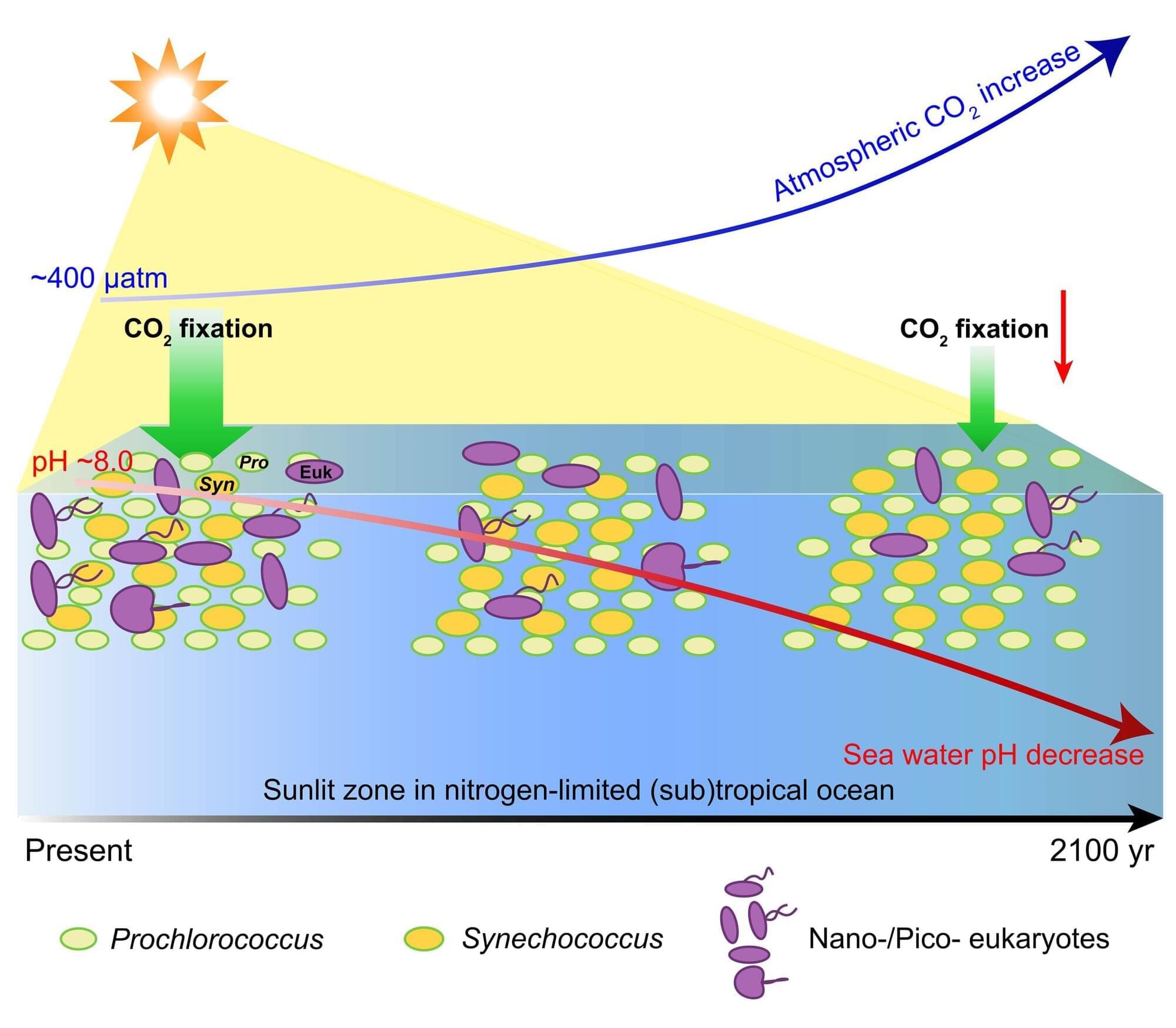Moving from fossil fuels to renewable energy sources like wind and solar will require better ways to store energy for use when the sun is not shining or the wind is not blowing. A new study by researchers at Penn State has found that taking advantage of natural geothermal heat in depleted oil and gas wells can improve the efficiency of one proposed energy storage solution: compressed-air energy storage (CAES).
The researchers recently published their findings in the Journal of Energy Storage.
CAES plants compress air and store it underground when energy demand is low and then extract the air to create electricity when demand is high. But startup costs currently limit commercial development of these projects, the scientists said.









